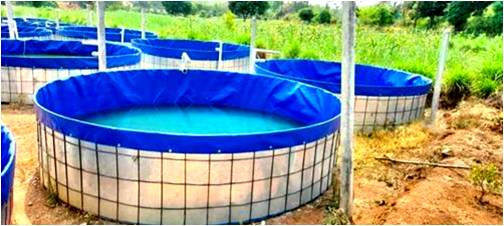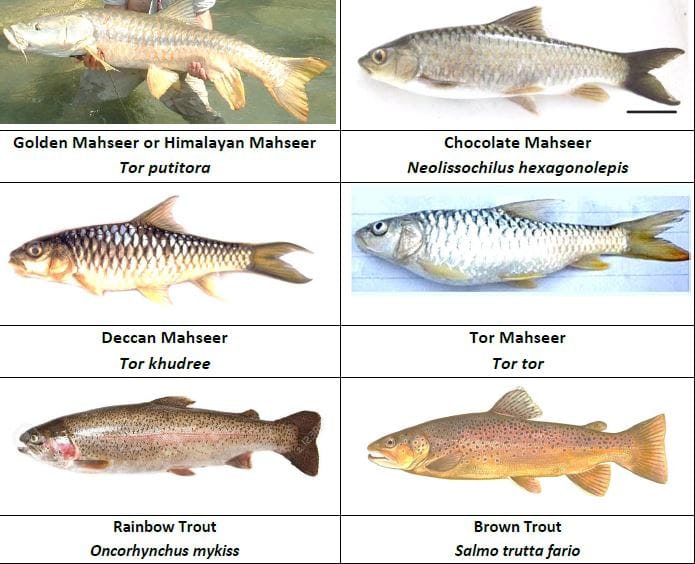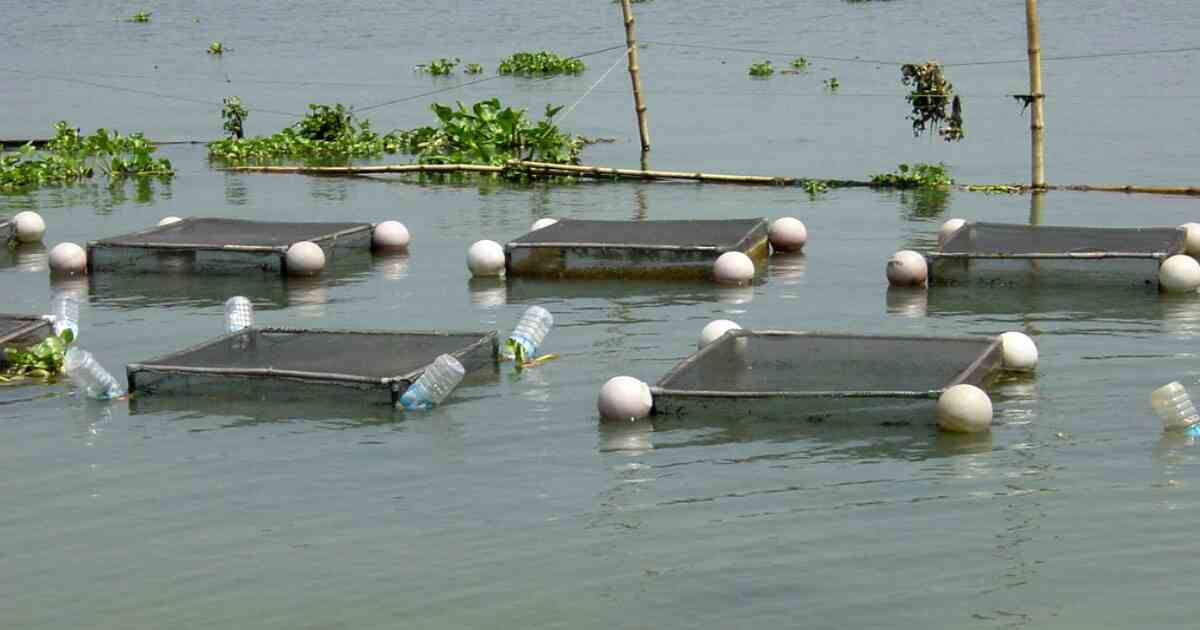Fisheries and Fish Biodiversity of India: India has a rich history and diverse range of fisheries due to its vast coastline, numerous rivers, lakes, and other water bodies. Fisheries in India are an important source of livelihood, employment, and food security for millions of people. Here are some key aspects of fisheries in India.
Fisheries and Fish Biodiversity of India
Marine Fisheries:
India has a coastline of about 7,500 kilometers, providing ample opportunities for marine fisheries. The major fishing regions include the Arabian Sea, Bay of Bengal, and the Indian Ocean. Fishermen use various fishing methods such as trawling, gill-netting, long-lining, and purse seining to catch a variety of marine species. ‘Fisheries and Fish Biodiversity’
Inland Fisheries:
India also has a vast network of rivers, lakes, reservoirs, estuaries and ponds, making inland fisheries a significant contributor to the country’s fish production. Inland fisheries include both capture fisheries, where fish are caught from natural water bodies, and culture fisheries, where fish are reared in controlled environments. Common freshwater fish species in India include carp, exotic carp, catfishes, perches etc.
Fish Production:
India is one of the largest producers of fish globally. The country total fish production includes both marine and inland fisheries as well as aquaculture. According to the Ministry of Fisheries, Animal Husbandry, and Dairying, India’s total fish production in 2019-2020 was over 13.42 million metric tonnes.
Aquaculture:
Aquaculture, or fish farming, has gained significant importance in recent years. India has seen a rapid growth in the aquaculture sector, with the cultivation of fish, shrimp, and other aquatic organisms in ponds, tanks, and cages. Major aquaculture species include freshwater fish like carp and catfish, as well as marine species like shrimp and tilapia. ‘Fisheries and Fish Biodiversity’
Fishing Regulations:
The Indian government has implemented various regulations to ensure sustainable fisheries and the conservation of fishery resources. These regulations include restrictions on fishing seasons, fishing gear, and mesh sizes to prevent overfishing and protect vulnerable species.
Export and Trade:
India is a major exporter of seafood products. It exports a wide range of fish and fishery products such as frozen shrimp, fish fillets, canned fish, and dried fish to countries around the world. The seafood export industry plays a crucial role in earning foreign exchange for the country. ‘Fisheries and Fish Biodiversity’
Fisheries Development:
The government of India has undertaken several initiatives to promote the development of fisheries. This includes the establishment of fish seed hatcheries, training programs for fishermen, financial assistance schemes, and infrastructure development for fish landing centers, harbors, and cold storage facilities. ‘Fisheries and Fish Biodiversity’
Present Status
India is the third largest fish producing country in total fish production and the second largest in aquaculture fish producer throughout the world. Presently India contributes of about 7.96% to the global fish production. The country has hold more than 10% of the global fish biodiversity and is one of the 17th mega biodiversity rich countries. Around more than 15 million people are engaged in fisheries sector and its allied activities. Andhra Pradesh is the largest fish producer in the country followed by West Bengal, Maharashtra and Gujarat. The total fish production during 2020-2021 is estimated to be 14.73 million metric tonnes, of which nearly 11.25 million metric tonnes production is from inland sector and about 3.48 million metric tonnes is from marine sector. More than different 50 types of fish and shellfish products are exported to the 75 countries in a world. Therefore Indian fisheries has hold in GDP for around 10% of the total exports and nearly 20% of the agricultural exports. Hence, the fisheries contribution to about 0.91% of the GDP and 5.23% to the agricultural of the country. ‘Fisheries and Fish Biodiversity’
Fisheries Sector
This sector is an economic activity that involves harvesting of fishes and other aquatic edible organism from the wild (Capture Fisheries) or raising them in confinement (Culture Fisheries/ Aquaculture). these fisheries may be traditional, Small Scale Fisheries (SSF) for sustenance and Large-Scale for Commercial Fisheries profit.
Fish are the cold-blooded aquatic organism that breathes by means of gills and locomotion or swims with fins, fishes are categorized are of two types Finfish and Shellfish.
Cold-blooded Finfish are aquatic vertebrates which are having gills as respiratory organs, fins with rays as locomotory organs, and body is covering the different scales. ‘Fisheries and Fish Biodiversity’
Cold-blooded Shellfish are aquatic invertebrate that have gills, various types of locomotory organs as appendages and exoskeleton covering with carapace and shell. Ex. crustaceans and mollusc.
fish Biodiversity:
India has a large number of finfish species and they are distributed along the coastline area and inland water bodies. As per the database of the National Bureau of Fish Genetic Resources (NBFGR), Lucknow, 2,508 species of native fin-fish have been recorded, of which 1,518 species are from the marine environment, 113 species from brackish waters (estuaries) and 877 are from freshwater resources like river, reservoir, ponds ect. In addition, 291 exotic fish species also occur in all resources of India. ‘Fisheries and Fish Biodiversity‘
Native Fishes
- Marine Ecosystem – 1518
- Freshwater Ecosystem – 877
- Brackish water Ecosystem – 113







